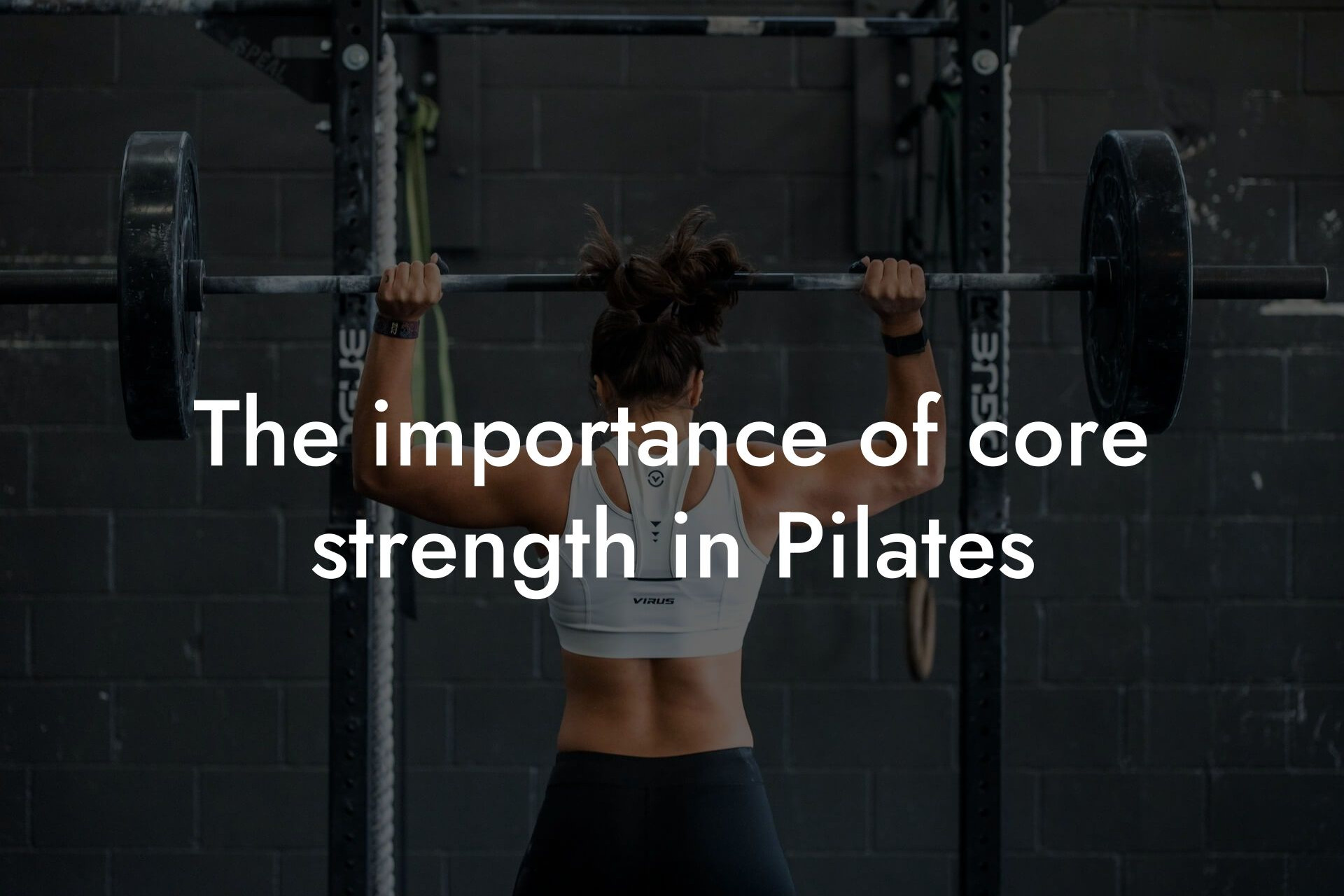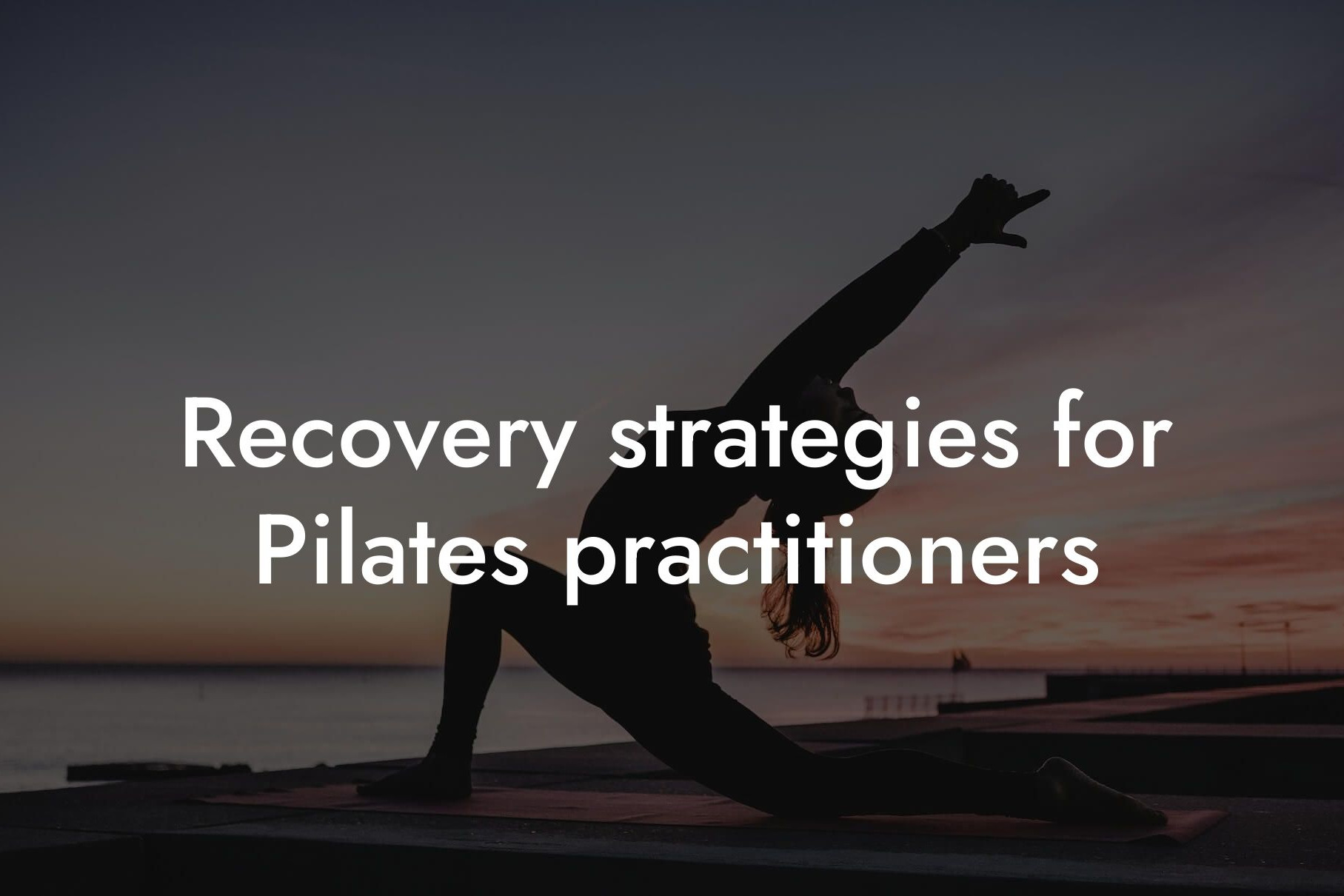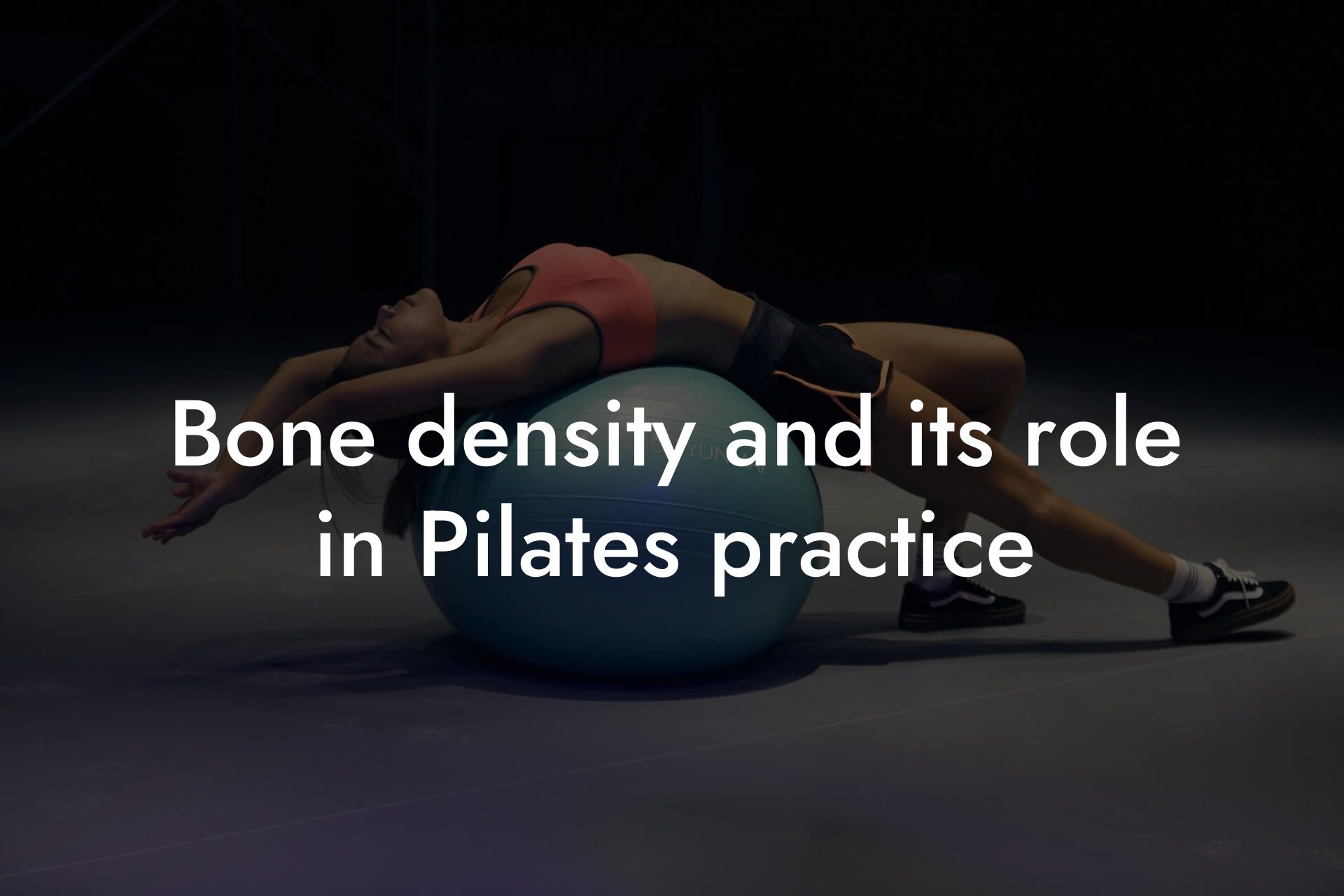As high-earning professionals, taking care of your physical appearance and overall health is crucial for success in both personal and professional life. One of the most effective ways to achieve this is by incorporating Pilates into your fitness routine. In this article, we will delve into the benefits of Pilates, how it can help maintain flexibility and muscle tone, and provide you with a comprehensive guide to get started.
Table of Contents
What is Pilates?
Pilates is a low-impact, bodyweight-based exercise method developed by Joseph Pilates in the early 20th century. It focuses on strengthening the core muscles, improving posture, and enhancing flexibility and mobility. Pilates is a holistic approach to fitness that combines physical movement with mental awareness and breathing techniques. It is an excellent way to improve overall physical fitness, reduce stress, and increase energy levels.
Benefits of Pilates for Flexibility and Muscle Tone
Pilates offers numerous benefits for maintaining flexibility and muscle tone. Some of the key advantages include:
• Improved flexibility: Pilates helps increase flexibility by lengthening the muscles and improving range of motion. This is especially beneficial for individuals who lead sedentary lifestyles or have desk jobs.
• Increased muscle tone: Pilates targets the core muscles, which are essential for maintaining good posture, balance, and overall muscle tone. Stronger core muscles also improve athletic performance and reduce the risk of injury.
• Body awareness: Pilates teaches you to be more mindful of your body position, movement, and alignment. This increased body awareness helps improve posture, reduces muscle imbalances, and enhances overall physical fitness.
• Injury prevention: Pilates is a low-impact form of exercise that can help prevent injuries by strengthening the muscles, improving flexibility, and enhancing overall physical fitness.
How Pilates Improves Flexibility
Pilates improves flexibility by incorporating slow, controlled movements that lengthen the muscles and increase range of motion. Some of the key Pilates exercises that target flexibility include:
• Roll-up: This exercise targets the abdominal muscles and helps improve flexibility in the spine and hips.
• Teaser: The teaser exercise targets the abdominal muscles and helps improve flexibility in the spine, hips, and legs.
• Leg circles: Leg circles help improve flexibility in the hips, legs, and lower back.
How Pilates Improves Muscle Tone
Pilates improves muscle tone by targeting the core muscles, which are essential for maintaining good posture, balance, and overall muscle tone. Some of the key Pilates exercises that target muscle tone include:
• Plank: The plank exercise targets the core muscles, including the abs, obliques, and lower back.
• Side bends: Side bends target the obliques and help improve muscle tone in the core and hips.
• Bridging: Bridging exercises target the glutes and help improve muscle tone in the lower body.
Getting Started with Pilates
If you're new to Pilates, it's essential to start with the basics. Here are some tips to get you started:
• Find a qualified instructor: Look for a Pilates instructor who is certified and experienced in teaching Pilates. They can help you learn proper form and technique.
• Start with beginner exercises: Begin with basic Pilates exercises that target the core muscles and improve flexibility. As you progress, you can move on to more advanced exercises.
• Invest in a good Pilates mat: A good Pilates mat can provide the necessary grip and support for your joints and spine.
• Practice regularly: Aim to practice Pilates at least 2-3 times a week, ideally 30-45 minutes per session.
Incorporating Pilates into Your Busy Schedule
As high-earning professionals, finding time for exercise can be challenging. However, incorporating Pilates into your busy schedule can be easier than you think. Here are some tips:
• Wake up 30 minutes earlier: Start your day with a 30-minute Pilates session to boost energy and set a positive tone for the day.
• Use your lunch break: Use your lunch break to fit in a quick 30-minute Pilates session. This can help reduce stress and increase productivity.
• Try online Pilates classes: Online Pilates classes can be a convenient way to fit in a workout from the comfort of your own home or office.
Tracking Progress with DEXA Scans
At Tano Performance Group, we understand the importance of tracking progress and monitoring body composition. Our DEXA scans provide a comprehensive body assessment, giving you valuable insights into your body fat percentage, muscle mass, bone density, and more. By incorporating Pilates into your fitness routine and tracking progress with DEXA scans, you can optimize your physical fitness and achieve your goals.
Maintaining flexibility and muscle tone is essential for overall physical fitness and success in both personal and professional life. Pilates is an excellent way to achieve this, offering numerous benefits for flexibility, muscle tone, and overall physical fitness. By incorporating Pilates into your fitness routine and tracking progress with DEXA scans, you can take your physical fitness to the next level and achieve your goals. Remember to start slow, practice regularly, and be patient with your progress. With consistent effort and dedication, you can achieve the flexibility and muscle tone you desire.
Frequently Asked Questions
What is Pilates and how does it help with flexibility and muscle tone?
Pilates is a form of exercise that focuses on strengthening the core muscles, improving posture, and enhancing flexibility and mobility. It involves a range of movements that engage the mind and body, helping to build long, lean muscles and improve overall physical fitness. By incorporating Pilates into your routine, you can expect to see improvements in flexibility, balance, and muscle tone, as well as reduced stress and improved overall well-being.
What are the benefits of Pilates for high-earning professionals?
As a high-earning professional, you understand the importance of maintaining a healthy and fit physique. Pilates can help you achieve this by improving your posture, reducing back pain, and increasing energy levels. Additionally, Pilates can help reduce stress and improve mental focus, making it an ideal exercise routine for busy professionals.
How does Pilates differ from other forms of exercise?
Pilates is a low-impact form of exercise that focuses on controlled movements and breathing techniques. It is different from other forms of exercise in that it engages the mind and body simultaneously, helping to build strength, flexibility, and endurance. Unlike high-impact exercises like running or jumping, Pilates is gentle on the joints, making it an ideal option for those who are new to exercise or have existing injuries.
Can Pilates help with weight loss?
While Pilates is not a traditional weight loss exercise, it can certainly help with weight management. By building lean muscle mass and increasing metabolism, Pilates can help you burn more calories at rest. Additionally, Pilates can help improve your overall physical fitness, making it easier to engage in other forms of exercise and activities that can help with weight loss.
How often should I practice Pilates to see results?
It's recommended to practice Pilates at least 2-3 times per week to see noticeable results. However, the frequency and duration of your Pilates practice will depend on your individual goals and fitness level. It's also important to remember to listen to your body and take rest days as needed.
Do I need to have prior experience with Pilates to get started?
No, you don't need to have prior experience with Pilates to get started. Pilates is a low-impact form of exercise that can be modified to suit your fitness level. Whether you're a beginner or an experienced athlete, Pilates can be adapted to meet your individual needs and goals.
What are the different types of Pilates?
There are several different types of Pilates, including Mat Pilates, Reformer Pilates, and Cadillac Pilates. Mat Pilates is a form of Pilates that is performed on a mat on the floor, while Reformer Pilates uses a specialized machine called a Reformer to provide resistance. Cadillac Pilates is a form of Pilates that uses a specialized machine called a Cadillac to provide additional resistance and support.
What are the key principles of Pilates?
The key principles of Pilates include centering, concentration, control, precision, breath, and flow. These principles are designed to help you engage your core muscles, improve your posture, and move with greater ease and efficiency.
Can Pilates help with back pain?
Yes, Pilates can be very effective in helping to alleviate back pain. By strengthening the core muscles and improving posture, Pilates can help reduce strain on the back and alleviate pain. Additionally, Pilates can help improve flexibility and mobility, making it easier to move and perform daily activities.
How does Pilates improve muscle tone?
Pilates improves muscle tone by engaging the core muscles and building long, lean muscles. By using controlled movements and breathing techniques, Pilates helps to strengthen the muscles and improve overall physical fitness.
Can Pilates help with flexibility?
Yes, Pilates can be very effective in improving flexibility. By using slow, controlled movements and breathing techniques, Pilates helps to increase range of motion and reduce stiffness. Additionally, Pilates can help improve balance and coordination, making it easier to move and perform daily activities.
Is Pilates suitable for all ages?
Yes, Pilates is suitable for all ages. Whether you're 20 or 80, Pilates can be adapted to meet your individual needs and goals. Pilates is a low-impact form of exercise that can be modified to suit your fitness level, making it an ideal option for people of all ages.
Can Pilates help with bone density?
Yes, Pilates can help improve bone density. By using weight-bearing exercises and resistance training, Pilates can help stimulate bone growth and improve overall bone health.
How does Pilates improve posture?
Pilates improves posture by strengthening the core muscles and improving flexibility and mobility. By engaging the core muscles and improving alignment, Pilates helps to reduce strain on the back and improve overall posture.
Can Pilates help with stress relief?
Yes, Pilates can be very effective in helping to alleviate stress. By using controlled breathing techniques and slow, flowing movements, Pilates helps to calm the mind and body, reducing stress and anxiety.
How does Pilates improve balance and coordination?
Pilates improves balance and coordination by engaging the core muscles and improving flexibility and mobility. By using slow, controlled movements and breathing techniques, Pilates helps to improve balance and reduce the risk of falls and injuries.
Can Pilates be done at home?
Yes, Pilates can be done at home. While it's ideal to work with a certified Pilates instructor, there are many online resources and DVDs available that can guide you through a Pilates workout at home.
What equipment do I need to get started with Pilates?
You don't need any special equipment to get started with Pilates. A good quality mat and comfortable clothing are all you need to get started. However, if you're interested in using specialized equipment like a Reformer or Cadillac, you may need to invest in a Pilates studio membership or purchase the equipment for home use.
How long does a typical Pilates session last?
A typical Pilates session can last anywhere from 30-60 minutes, depending on the type of Pilates and your individual goals and fitness level.
Can Pilates be modified for injuries or chronic conditions?
Yes, Pilates can be modified for injuries or chronic conditions. A certified Pilates instructor can work with you to develop a customized workout plan that takes into account your individual needs and limitations.
How does Pilates improve overall physical fitness?
Pilates improves overall physical fitness by engaging the core muscles, improving flexibility and mobility, and building long, lean muscles. By using controlled movements and breathing techniques, Pilates helps to improve cardiovascular health, reduce stress, and increase energy levels.
Can Pilates be used as a form of rehabilitation?
Yes, Pilates can be used as a form of rehabilitation. Many physical therapists and rehabilitation centers use Pilates as a form of rehabilitation for injuries and chronic conditions. By using controlled movements and breathing techniques, Pilates can help improve range of motion, reduce pain, and improve overall physical function.
How does Pilates improve mental focus and concentration?
Pilates improves mental focus and concentration by engaging the mind and body simultaneously. By using controlled movements and breathing techniques, Pilates helps to calm the mind and improve focus and concentration.
Can Pilates be used in conjunction with other forms of exercise?
Yes, Pilates can be used in conjunction with other forms of exercise. Many people use Pilates as a form of cross-training to improve overall physical fitness and reduce the risk of injury.
Here are some related articles you might love...
- The importance of core strength in Pilates
- Recovery strategies for Pilates practitioners
- Bone density and its role in Pilates practice
- Nutrition tips for maximizing energy during Pilates sessions
- How body composition impacts Pilates performance
- Using DEXA scans to optimize Pilates training
- How to integrate Pilates into a balanced fitness routine
- Reducing body fat for improved Pilates results
- Pilates for injury prevention and rehabilitation
Zak Faulkner
Zak Faulkner is a leading authority in the realm of physical health and body composition analysis, with over 15 years of experience helping professionals optimise their fitness and well-being. As one the experts behind Tano Performance Group, Zak has dedicated his career to providing in-depth, science-backed insights that empower clients to elevate their physical performance and overall health.
With extensive knowledge of DEXA technology, Zak specializes in delivering comprehensive body assessments that offer precise data on body fat, muscle mass, bone density, and overall physique. His expertise enables individuals to make informed decisions and achieve their fitness goals with accuracy and confidence. Zak’s approach is rooted in a deep understanding of human physiology, combined with a passion for helping clients unlock their full potential through personalised strategies.
Over the years, Zak has earned a reputation for his commitment to excellence, precision, and client-focused service. His guidance is trusted by top professionals who demand the best when it comes to their health. Whether advising on fitness programs, nutritional strategies, or long-term wellness plans, Zak Faulkner’s insights are a valuable resource for anyone serious about taking their health and fitness to the next level.
At Tano Performance Group, Zak continues to lead our Content Team revolutionising how professionals approach their physical health, offering unparalleled expertise that drives real results.




